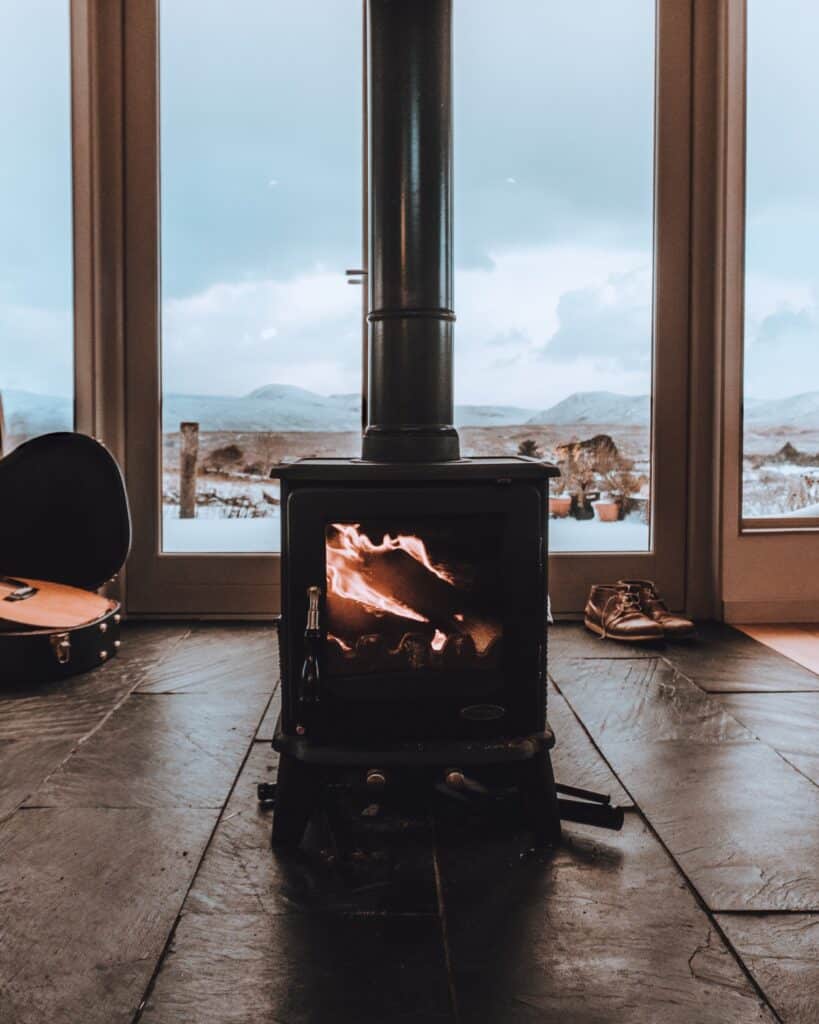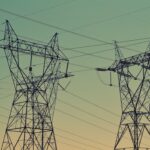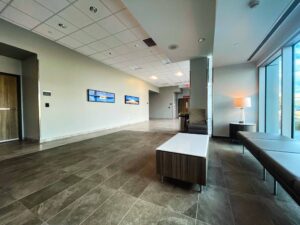

Series: Making your property more sustainable – the home owner / tenant
In the series “Making your property more sustainable“, we have so far mainly discussed commercial real estate and the opportunities and challenges for making these properties more sustainable. In this part, however, we focus on making existing residential buildings more sustainable. What are the opportunities and where are the pitfalls? In this article, Youp van der Zande – consultant at CFP – tells you more about what you can do as a tenant and as an owner.
The most appropriate measures for you
As a home owner or tenant, you are currently inundated with offers about not-to-be-missed opportunities to save on your energy costs and make your home more sustainable. In this article, I try to guide you through the enormous amount of measures that are offered on the basis of my own experiences. I will first discuss the measures you can take as a tenant, then the measures that will give you a favourable saving as an owner and finally the measures that you can subsequently consider.
Measures for tenants and owners
1. Hydronic balancing and adjusting the central heating boiler
By properly adjusting both your heat generation and your delivery systems, you can save up to 20% on your heating costs without a major investment. Often, the flow temperature of your boiler is set to 80 degrees as a standard feature. However, you can reduce this to about 60 degrees in reasonably insulated homes. With lower temperatures, you can achieve a high efficiency with your boiler and consequently a saving too. In my home, a reduction of 35 degrees was eventually possible!

In addition, you can adjust the hydronic balancing of the radiators. This means that the right amount of heat is transported to the right place in the house at the right rate, i.e. optimal heat delivery. There are balancing kits available with which you can adjust your entire radiator system on a Saturday afternoon. Correct adjustment of your radiators will also prevent waste in your delivery system.
2. Monitoring energy usage
Another easy way to detect waste is to monitor your energy usage. There are several free tools on the Internet that you can use to read your smart meters. For example, I discovered that my electric boiler was constantly running because it kept the hot water at a high temperature 24/7.
3. Smart thermostat, smart thermostat knobs
A feature that not only results in a saving but also provides comfort is the smart thermostat in combination with smart thermostat knobs. By equipping all radiators in my house with smart radiator knobs, I make sure that only the rooms where I need to be are heated. This means that the entire living room is not heated simply because the thermostat is hanging there. And while we are on the subject of the thermostat, by installing a smart thermostat you can set different time schedules and even have your heater turn off automatically when you leave the house.
The best thing about this features is of course that you can integrate them into your smart home system.
4. LED lighting
Another measure with which you can never go wrong is of course LED lighting. Nowadays, there are splendid LED alternatives for all home lighting. The savings when replacing halogen or incandescent lighting, for example, is relatively high, about 85%. Since the purchase prices have also become increasingly lower in recent years, there is really no longer any reason not to opt for LED. Certainly not because the range of ‘smart’ lighting is also becoming increasingly attractive.
5. Efficient appliances
Take a look too at the household appliances you have, such as that old fridge in the garage. If you replace a 20-year-old fridge with a new one with a good EPC, you can save € 80 a year in energy costs! This way, you recover the investment in a new appliance quicker than you think.
Measures for owners
6. Insulation
As a home owner, insulation is always the best measure to start with, both as regards costs and for comfort. Cavity wall insulation is applied within one day and is therefore often the most cost-effective of all insulation measures. This measure often pays for itself within 3 to 4 years. Moreover, in houses with accessible crawl space, applying floor insulation is easy for an experienced handyman. This also saves about 15% on your gas bill and ensures you have warm feet. Roof insulation is also easy to do yourself and often results in even more savings. However, this job involves more and is therefore more expensive. Finally, you can also improve your glass to at least HR++. Of all insulation measures, however, this is the investment that pays you back the least rapidly.
7. Solar panels
Despite the phasing out of the netting scheme in the period up to and including 2030, this remains an attractive measure. Due to falling prices and still rising returns, this is expected to remain a measure that will pay for itself within seven years. And that includes 2030.
Possible other measures
8. Heat scan (infra-red scan) and subsequently crack sealing
This measure results in savings, especially in older houses. For a few hundred euros you can have an infra-red scan carried out. This scan provides visual insight into heat losses in your home and gives you a different view of your house. In my house, I noticed that the outside door and some windows didn’t close properly. This was easy to solve with draught strips and was soon evident in the comfort.
9. Sustainable heat generation
In sustainable heat generation, the most commonly used variant is the air-water or water-water heat pump. This is a measure that, in terms of efficiency and applicability, depends on several factors such as the presence of a delivery system, insulation and available space. As a result, there is no ready-made advice to give. For some properties it is not yet possible at all, for others with many modifications and for some properties it is already very attractive. It is advisable to start working with the above measures first and to properly investigate the possibilities for sustainable heat generation in the meantime.
10. Heat recovery system
Balanced ventilation with heat recovery is not feasible for everyone, but that does not make it any less attractive. By equipping your mechanical ventilation system with heat recovery, the heat from the extracted ventilation air is largely reused. And this can save up to 20% on your heating costs. In addition, it increases comfort because your house is always well ventilated, without having to open your windows. Of course, it must be possible to adapt, expand or completely rebuild your mechanical ventilation system. If this is not possible, there are also decentralised solutions that do not require an extensive pipe system. However, the costs for such a solution are far higher.
Do you want to know more about making your property more sustainable or do you have questions about this article? Please contact us or read the entire blog series.






